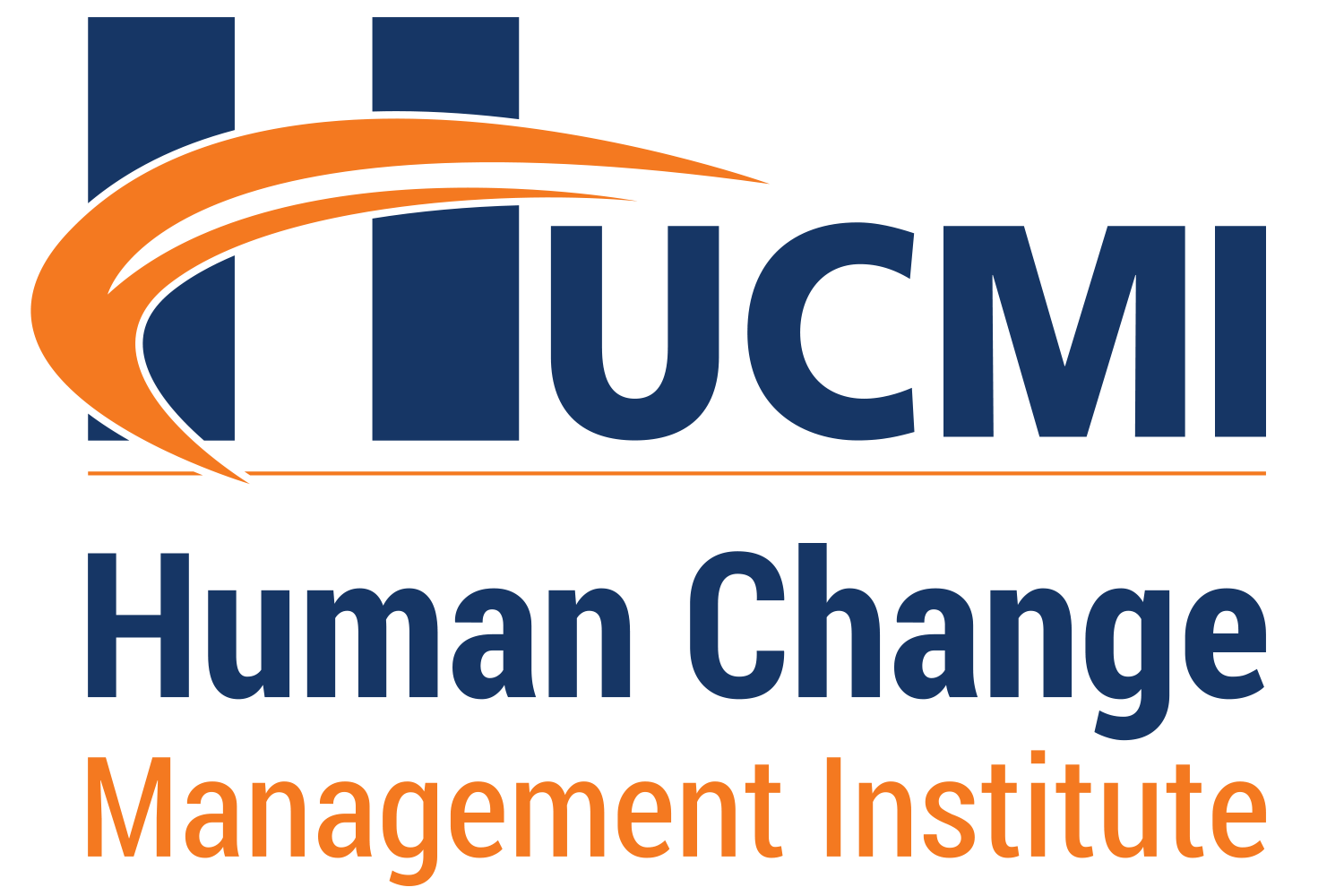
I had noticed the way how interactions in some teams occurred and it intrigued me. Then I tried to understand why people deal with errors in different ways.
I perceived that in some teams, when somebody made mistakes, the other members started to seek justifications and tried to cover up and solve the generated problems. All of these actions occurred before a conversation about the problems with their leaders. It´ is because people felt ashamed and afraid of being punished.
In others teams, on the other hands, people were not afraid of talking about mistakes. On the contrary, they discussed them and together, they searched for improvements that could prevent recurrence. I realized that this context, unlike the previous one, generated learning, increased cohesion and improved the performance in these teams.
In an attempt to better understand these differences, I observed some factors that impacted the way these teams work, including management practices, level of trust and quality of interpersonal relationship. It was during this search that I learnt about the concept of psychological safety, created in 1999 by professor Amy Edmondson from Harvard Business School.
According to the professor, in psychologically safe environments, people feel comfortable taking interpersonal risks to learn, as they have the shared belief that it is normal, in fact expected, to have concerns, questions, ideas and make mistakes. So, the members believe that the team will not get embarrassed, punished or rejected for expressing themselves. Thus, the psychological safety positively impacts the team´s learning dynamics, expanding the discussions of errors, the search for help, the feedback practices and experimentation.
In organizational environments where there is no psychological security, people spend part of their energy managing the other people’s impressions about them, as a protection mechanism, avoiding asking questions so as not to be seen as ignorant, not admitting errors so as not to be seen as incompetent, not offering ideias for not appearing invasive and not criticizing the status quo so as not to be seen as a negative person. In other words, people keep quiet in order to avoid exposure.
But a question which emerges is: how can leaders create psychologically safe environments?
I have listed below some practices that work:
**To demonstrate awareness that everyone, including you, can make mistakes and sometimes lose something. It’s ok! Mistakes are an opportunity to learn.
** To acknowledge that you don’t know all answers. Therefore, be curious and ask questions. By asking questions and giving less answers, people will have the opportunity to express themselves and be more engaged.
**To adopt the rule of non-interruption and active listening. When someone is speaking, others actively listen. All the voices need to be heard, respected and valued.
**To recognize that healthy conflict is actually a way to save time. The teams involved in productive conflicts are aware of the main objective, which is to reach the best possible solution, in the shortest time.
**To identify new competences that need to be present in the team, providing the right support and respectful feedback in order to develop them.
Companies are going through a time of profound changes. These are changes related to digital transformation, the adoption of new business models, new consumption habits, new work relationships, new requirements in the relationship with stakeholders, among others. Therefore, learning ability and adaptability are essential skills. Thus, employees need to find the conditions for engagement, contribution and development in the work environment. It is necessary to pay close attention to the quality of the environment and the bonds at work. In this sense, the performance of the Human Resources Areas and leadership are crucial.
And bringing these ideas to the project’s context, the change management can indeed contribute to create a safety security environment to engage all the project stakeholders. It could create better conditions to a successful implementation. What do you think about it?
Grace Melo, MSc
Human Resources Senior Manager | Professor and Researcher | HCMBOK® and HCMP®
